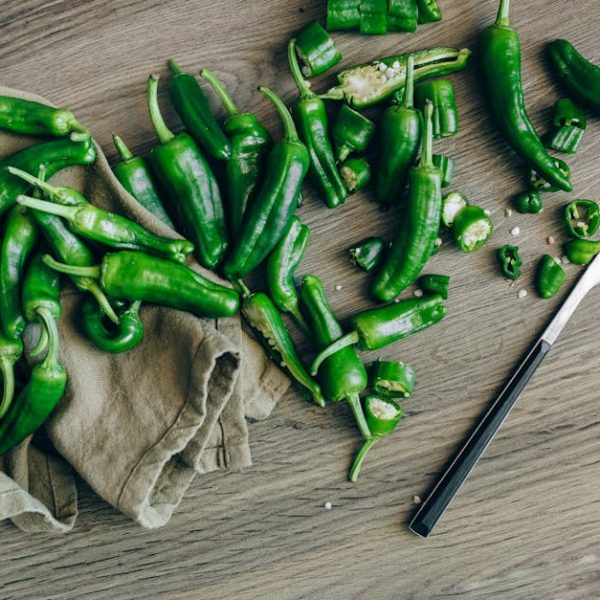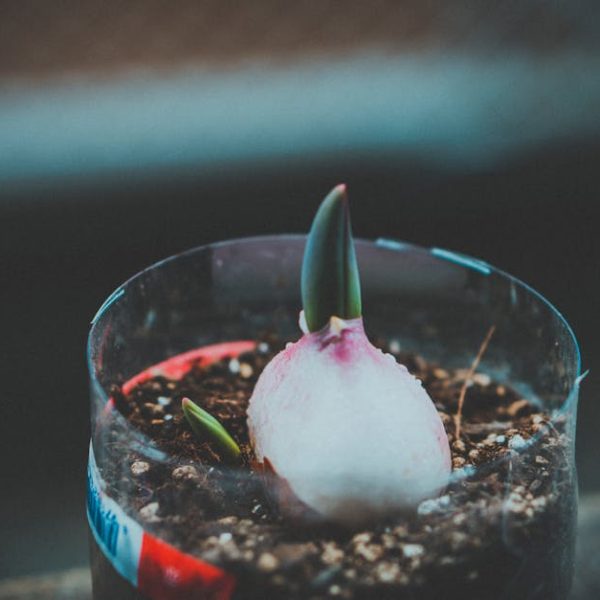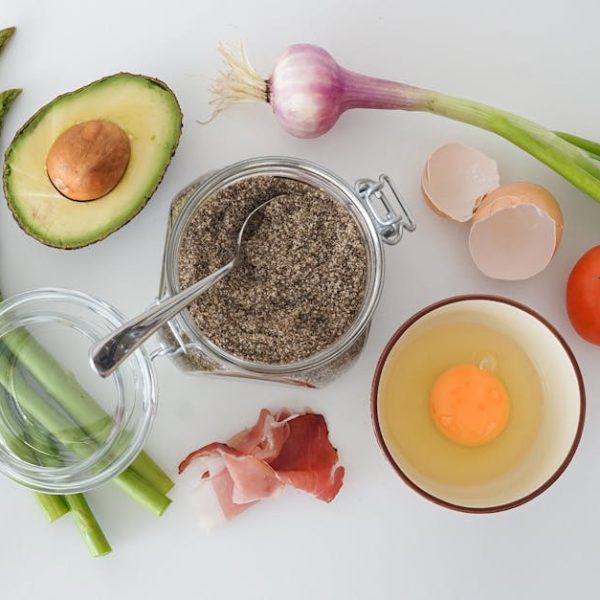Ever wondered how to keep your bounty of okra fresh and flavorful long after harvest? Maybe you’ve sought delicious ways to serve this healthy vegetable to your family or entertained thoughts of growing it in your backyard. All your random musings about okra will be addressed. In this article, we are exploring seven or more practical tips for storing okra as well as fun, tasty recipes that you can quickly whip up to make the most of the abundant harvests.
Our first stop is <
There is more to okra than its unique texture and sweet, grassy flavor. A member of the mallow family, this plant is a powerhouse of key nutrients that play a pivotal role in overall health and well-being. It’s packed with fiber, Vitamin C, folate and magnesium among other essential nutrients. Any form of okra – be it Burgundy, Emerald or Annie Oakley – provides the same beneficial nutritional impact.
Now, we move to <
The secret to great-tasting okra lies in choosing the right pods and storing them correctly. When picking okra, opt for medium-sized pods that are firm to the touch. The ideal storage condition keeps it cool and dry; a refrigerator set between 45-50°F fits the bill perfectly. A useful pro tip: If you’re wondering how to consume your fresh okra, ASAP is the answer. The earlier you use it after picking, the better its taste and nutrition will be.
Next is <
If you have more okra than you can consume at once, freezing is a great way to make it last longer. The process involves blanching to preserve the color, taste and nutritional value before freezing it. Let’s not overlook an important comparison here -freezing versus other methods like canning or drying. Freezing retains most of the nutritional value, but it demands ample freezer space and power backup in case of outages.
Then comes <
Cooking with okra, be it fresh or frozen, opens up a world of potential dishes. The key really is knowing how each type acts in a recipe. For instance, fresh okra is best for stewing, grilling or eating raw, while frozen okra works excellently in soups or fried recipes. Raw or stewed, grilled or fried – okra is truly a versatile delight in the kitchen.
We’ve been talking about cooking; why not check out some <
From easy sauteed okra recipes to more complex gumbo dishes, this veggie can star in a wide range of culinary creations. Whether you’re keen to make a simple side dish or interested in testing your cooking prowess with a more challenging recipe, there’s an okra dish for that!
Finally, we reach <
Growing okra is a rewarding and practical hobby. Why not enjoy a reliable supply of fresh okra right from your backyard, save a penny on your grocery bills and, as a bonus, reap the therapeutic benefits of gardening? Whether you have a vast backyard garden space or a tiny balcony setup, okra can flourish beautifully and bear plenty of harvests. Before we delve in, here’s a handy checklist for storing fresh okra:
- Pick fresh okra that is bright green and firm.
- Store in the vegetable drawer of a fridge between 45-50°F.
- For best taste and nutrition, consume as soon as possible post-harvest.
- Never wash before storing; moisture speeds up decay.
Over to <
Freezing okra is not only easy, it’s also an excellent way to extend its shelf life whilst maintaining its nutritional value. Beginning with clean and dry okra, trim the ends, and blanch in boiling water for 3 minutes. Transfer quickly to iced water to stop the cooking process. Pat dry, spread them in a single layer on a tray, and freeze. Once frozen, store in sealed freezer bags. Easy peasy!
Here’s a useful comparison table to give you a clear idea of the pros and cons of different storage methods:
| Method | Pros | Cons |
|---|---|---|
| Freezing | Retains almost all nutrients; Extends the shelf life by several months | Requires considerable freezer space; Power dependency |
| Canning | Long-term storage possible; Ideal for preserving large harvests | Higher loss of nutrients due to high temperature processing; Needs equipment |
| Drying | Long lasting; Space efficient | Significant nutrient loss; Changes okra’s texture considerably |
And for seamless execution, here’s your freezing okra checklist:
- Ensure the okra is thoroughly dry before freezing.
- Remember to blanch before freezing.
- Store in airtight bags or containers.
- Label with date to keep track of storage duration.
Switching gears, we now focus on <
Whether fresh or frozen, okra makes a fantastic ingredient with its unique texture and flavor. You can savor fresh okra raw in salads, grill them for a smoky flavor, or stew them to make a rich gumbo. If working with frozen okra, add it directly to your stew or soup pot or deep fry for a crunchy treat!
Pro Tip: Avoid overcooking okra as it tends to turn slimy.
Let’s talk about <
We all love experimenting in the kitchen, and with okra, the options are endless. How about a simple pan-roasted okra with crispy garlic for a midweek dinner? Or perhaps, an indulgent seafood okra gumbo for a weekend treat? We’ve got a curated list of recipes that feature okra ranging from easy to challenging, taking you on a delicious culinary journey!
Pro Tip: Season okra with acid-rich elements like tomatoes or vinegar to balance its sweetness.
We close by examining <
Growing your own okra can be rewarding on so many levels. Imagine harvesting fresh okra right from your backyard – a budget-friendly, fresh, organic supply ready at your disposal! Okra is also relatively easy to grow, making it a perfect addition to any home garden, irrespective of the scale.
Here’s an at-a-glance pros and cons table for growing okra at home versus supermarket purchase:
| Home-Grown Okra | Supermarket Okra | |
|---|---|---|
| Pros | Fresh, organic produce; Cost-effective; Therapeutic benefits of gardening | Wide variety; Convenient |
| Cons | Needs attention and care; Season-dependent | May not be fresh; Can be expensive; Standard store varieties |
By now, you should be equipped with a fresh perspective on storing, cooking, and even growing your own okra! So go ahead, give these tips a spin and make every okra harvest season a gastronomic celebration.
Key Takeaway:
- Okra is a nutritional powerhouse that delivers essential vitamins and minerals irrespective of its type.
- Picking ripe okra and storing it at cool temperatures helps maintain its flavor and nutritional value.
- Blanching and freezing okra extends its shelf-life while preserving its nutritional content.
- Okra’s versatility extends to cooking, serving well in both raw and cooked forms and complementing a wide range of recipes.
- Home-grown okra provides fresh produce, saves on grocery bills, and provides therapeutic gardening benefits, illustrating its practicality.
While okra might be an underrated vegetable, its nutritional content, versatile nature in recipes, and ease of growing at home make it a fantastic addition to your garden and kitchen. As discussed, storing and freezing it correctly can ensure you enjoy its benefits off-season too. So don’t hesitate, start incorporating these insights and truly leverage your okra bounty!
FAQs
Q: Can I grow okra in a pot or container at home?
A: Yes, okra can thrive in a pot or container given the right conditions, including adequate sunlight, proper drainage and suitable soil.
Q: How long can I store fresh okra in the fridge before it goes bad?
A: With proper storage in a cool and dry place like a refrigerator, fresh okra can last for 2-3 days.
Q: Can I freeze okra without blanching?
A: Blanching okra before freezing helps retain color, taste, and nutritional value, so it’s highly recommended. However, you can freeze without blanching too, but it might lose some of its nutritional content.
Q: I find okra to be slimy. How can I prevent that while cooking?
A: Overcooking often makes okra slimy. You can prevent this by minimizing the cooking time or by adding acidic ingredients like tomatoes or vinegar to balance its properties.
Q: Can I eat raw okra?
A: Yes, fresh okra can be eaten raw, often used in salads. It’s crunchy and has a subtly sweet taste.
Feel free to share this article with other okra enthusiasts and continue exploring more informational posts on our website!






